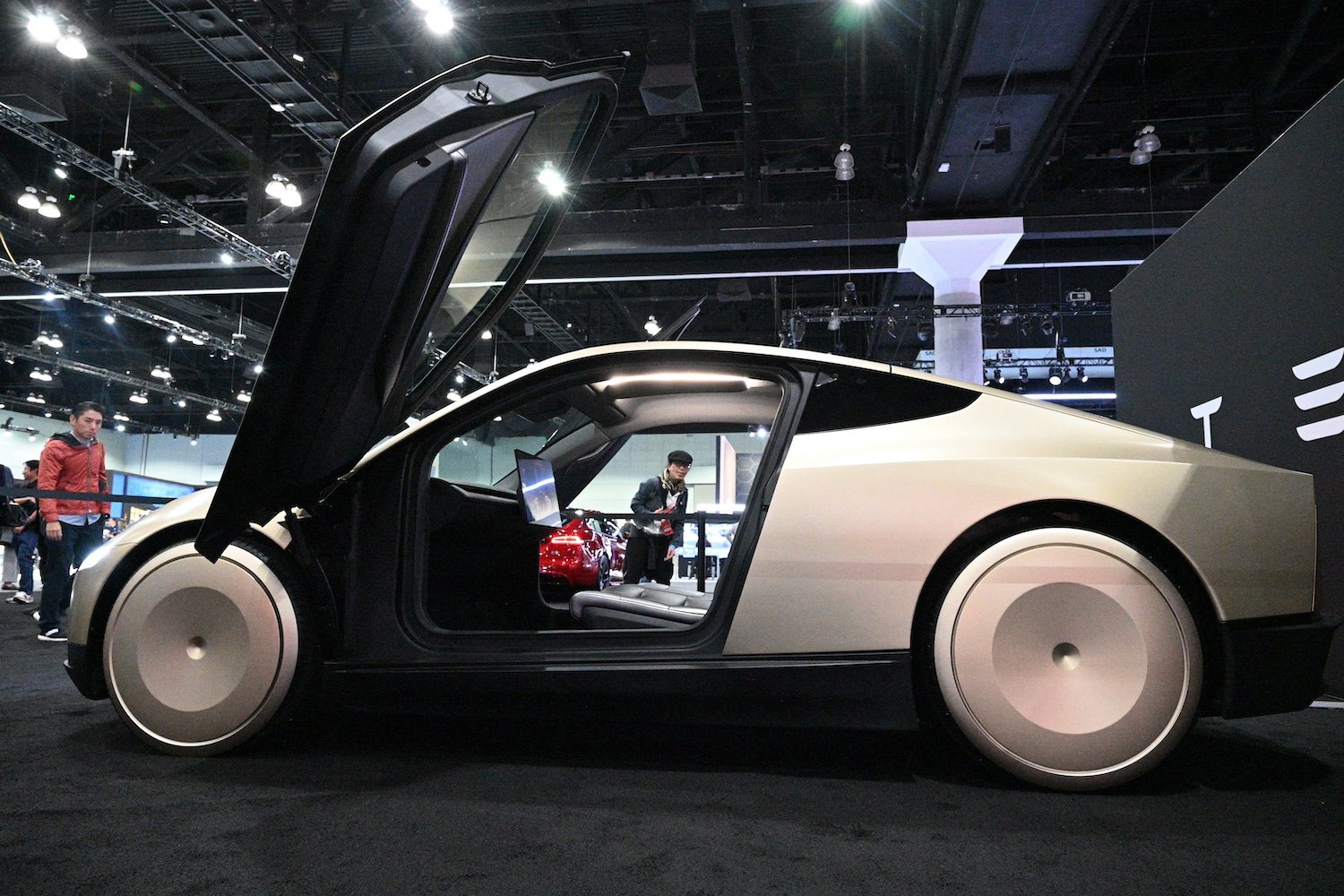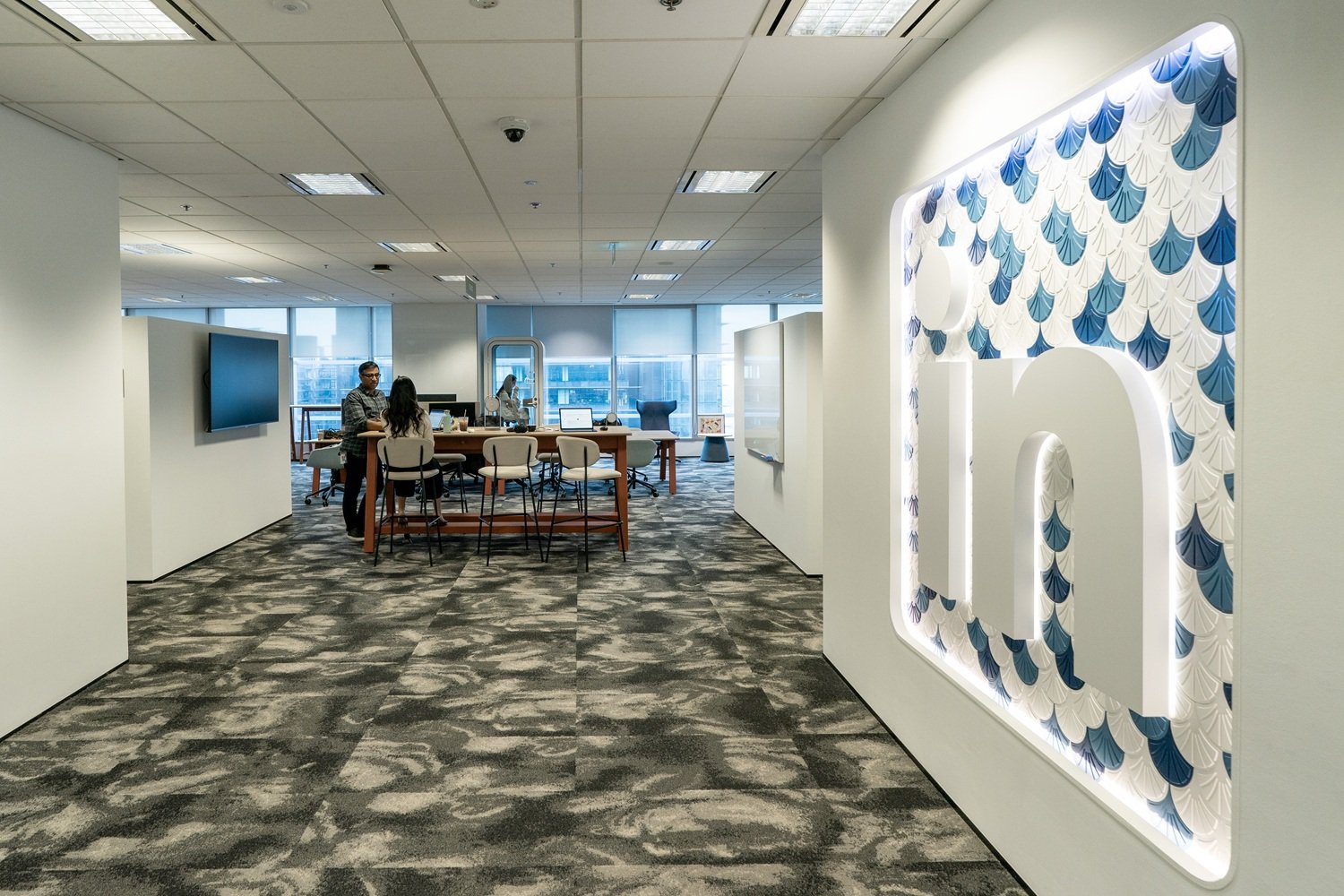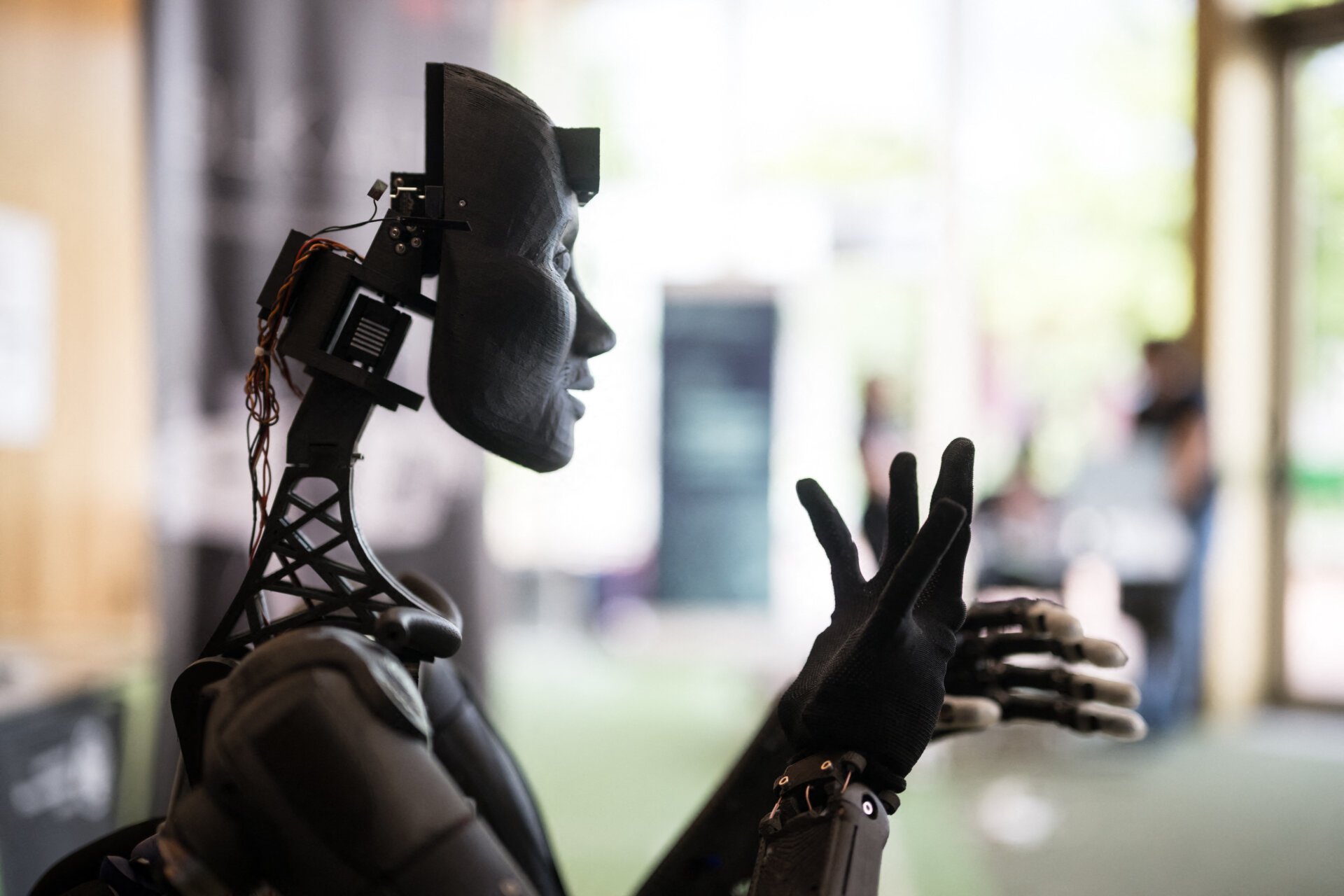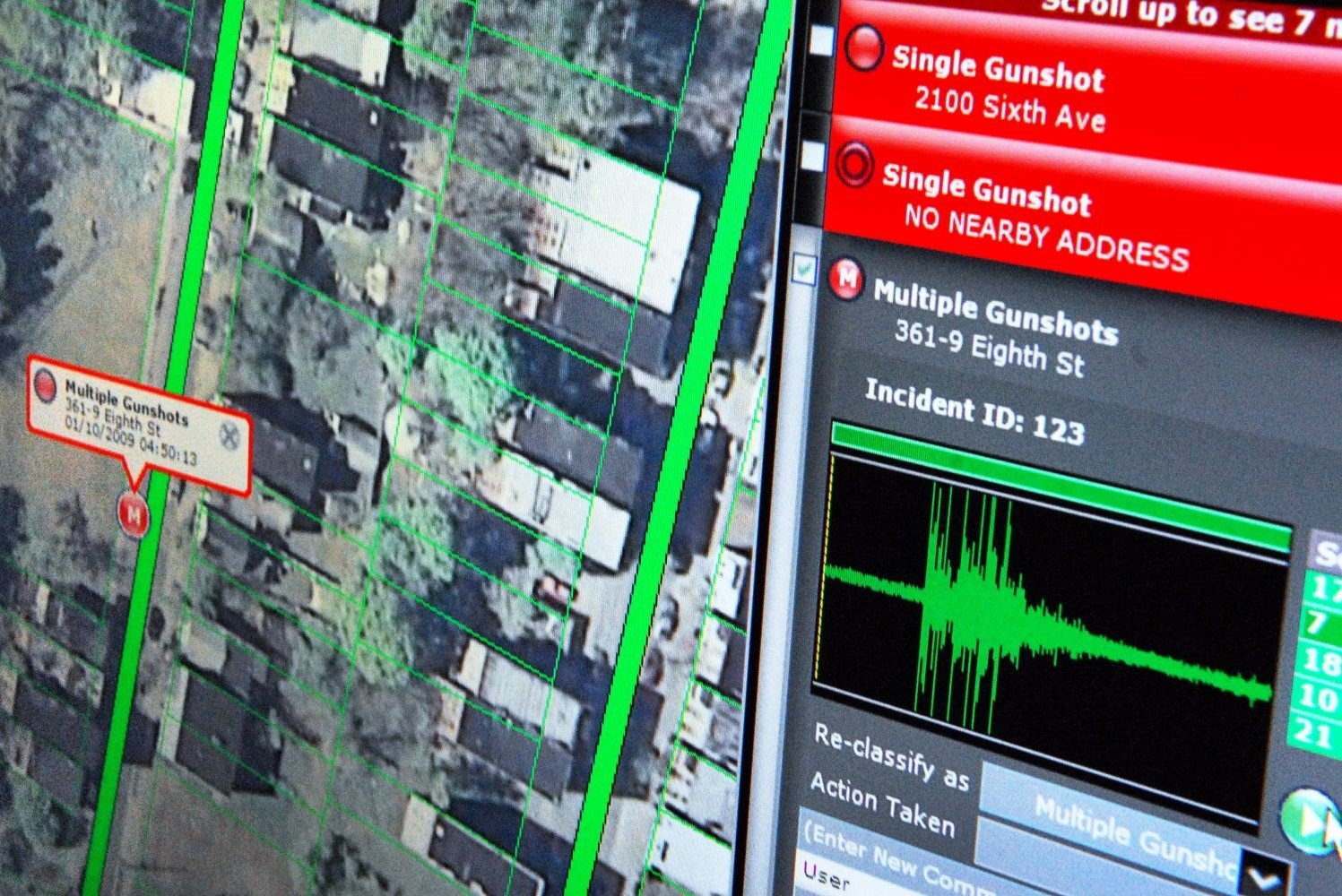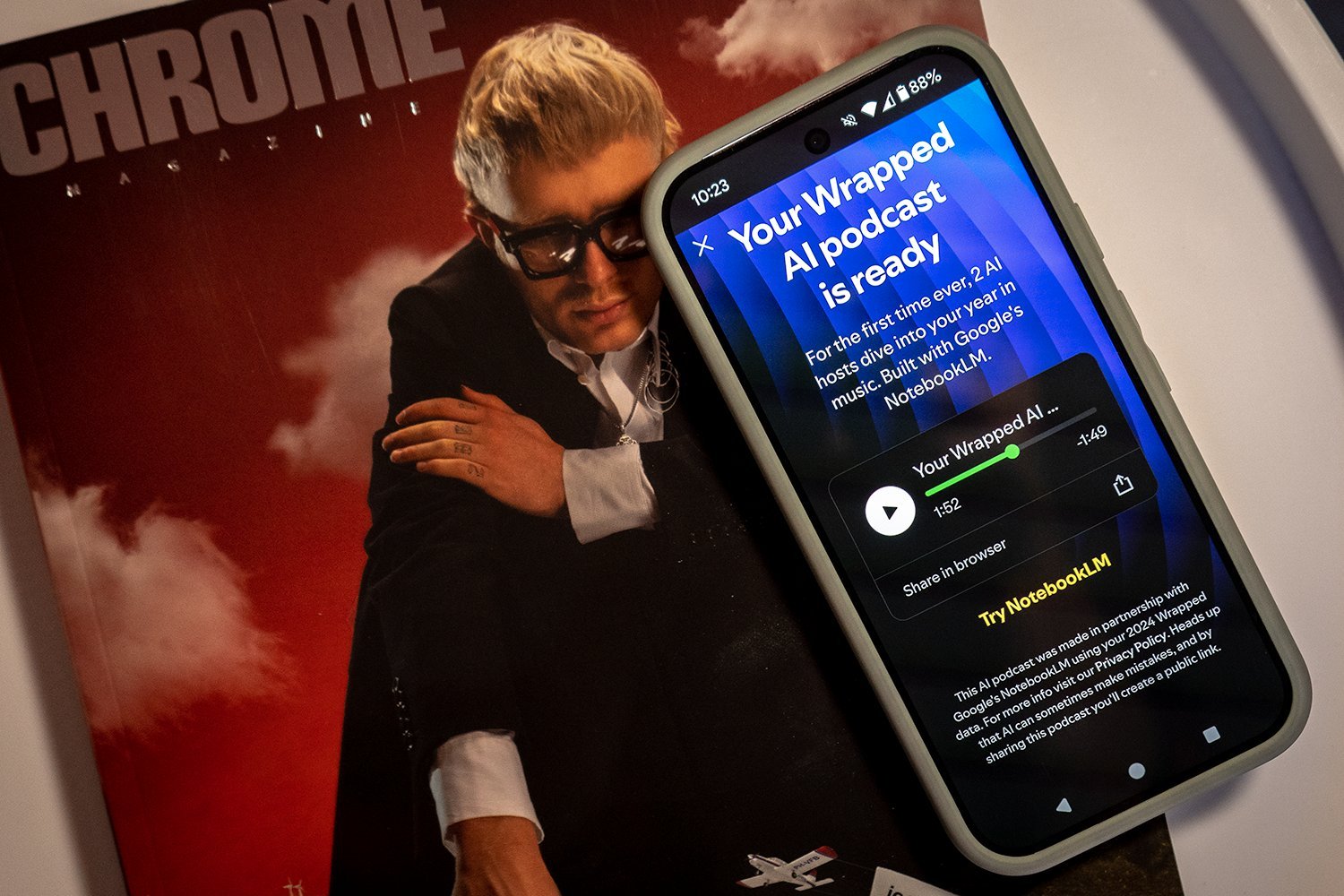Elon Musk has consistently championed the idea of “fully autonomous” vehicles from his electric vehicle company, Tesla, promising their arrival within the next few years. He recently unveiled the “Cybercab” and announced plans for a robotaxi service by 2026, aiming to compete with established players in the autonomous vehicle market. However, the term “fully autonomous” might not entirely reflect the reality of Tesla’s approach. Recent reports indicate the company is actively recruiting a team to remotely troubleshoot its robotaxi operations, highlighting the continued need for human oversight.
A recent Tesla job posting advertised for software engineers to build a remote teleoperations team for the upcoming robotaxi fleet. The listing states, “Tesla AI’s Teleoperation team is charged with providing remote access to our robotaxis and humanoid robots.” It emphasizes the need for remote assistance, explaining, “Our cars and robots operate autonomously in challenging environments. As we iterate on the AI that powers them, we need the ability to access and control them remotely.” This reveals a crucial aspect of Tesla’s strategy: human intervention remains essential for navigating complex scenarios and refining the AI’s capabilities.
The job posting also details the technical requirements of such a teleoperation center, mentioning the need for “building highly optimized low latency reliable data streaming over unreliable transports in the real world.” Interestingly, it adds that tele-operators can be “transported” into the robotaxi environment using a “state-of-the-art VR rig,” providing a glimpse into the potential interface for remote control.
Tesla is not alone in adopting this approach. Remote human assistance is, in fact, an industry standard for robotaxi operations. Cruise, General Motors’ robotaxi company, has been reported to utilize remote human assistants for troubleshooting when their vehicles encounter difficulties. Similarly, both Waymo (owned by Google) and Zoox (owned by Amazon) are believed to employ similar practices, demonstrating the widespread reliance on human oversight in the autonomous vehicle sector.
This reliance on human intervention aligns with a broader trend where companies market products as “autonomous” or AI-powered, only to later reveal a significant reliance on human labor. Last year, reports surfaced that key aspects of ChatGPT, OpenAI’s acclaimed chatbot, were powered by human workers earning modest wages. This raises questions about the true level of autonomy achieved by these technologies and the transparency surrounding their development.
While Silicon Valley often portrays autonomous products as a form of self-guided magic, the technology has yet to reach that level of sophistication. A closer look consistently reveals a reliance on human workforces, highlighting the ongoing need for human intelligence and intervention in complex and unpredictable real-world scenarios. The development of truly autonomous systems remains a work in progress, with human assistance playing a critical role in bridging the gap between current capabilities and the ultimate vision of fully self-driving vehicles.



